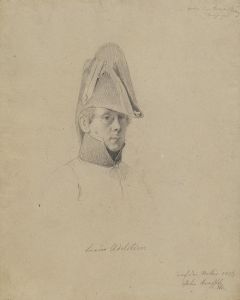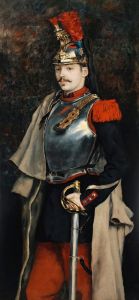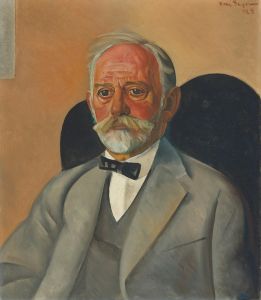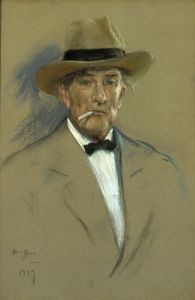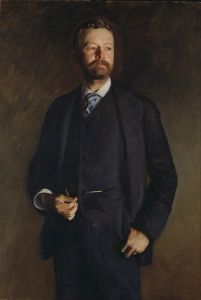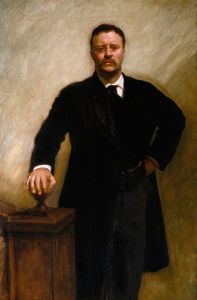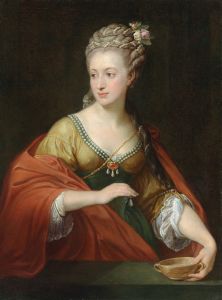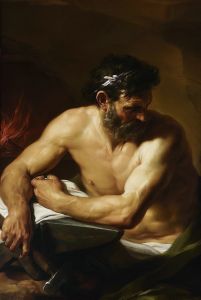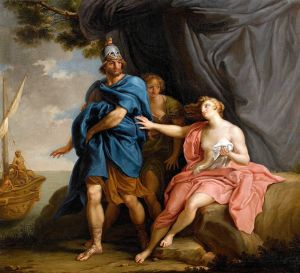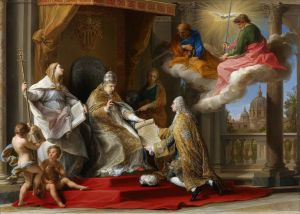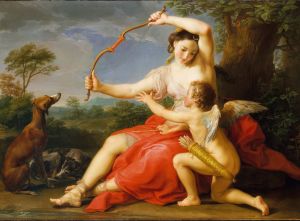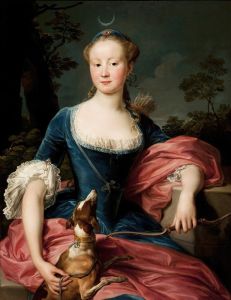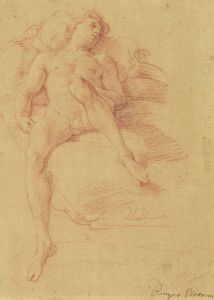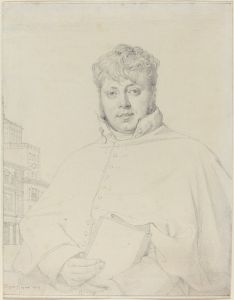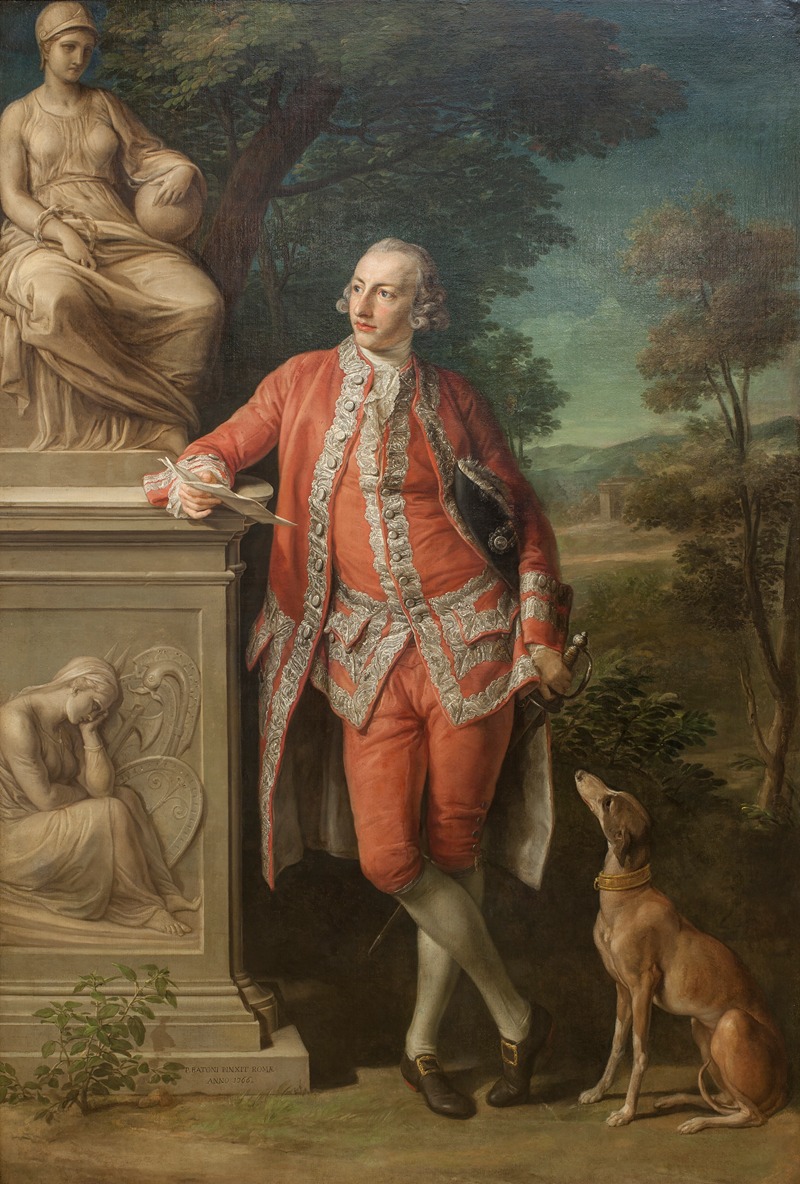
Peter Beckford, landowner, Dorset
A hand-painted replica of Pompeo Batoni’s masterpiece Peter Beckford, landowner, Dorset, meticulously crafted by professional artists to capture the true essence of the original. Each piece is created with museum-quality canvas and rare mineral pigments, carefully painted by experienced artists with delicate brushstrokes and rich, layered colors to perfectly recreate the texture of the original artwork. Unlike machine-printed reproductions, this hand-painted version brings the painting to life, infused with the artist’s emotions and skill in every stroke. Whether for personal collection or home decoration, it instantly elevates the artistic atmosphere of any space.
Pompeo Batoni was an Italian painter renowned for his portraits and historical paintings during the 18th century. One of his notable works is the portrait of Peter Beckford, a prominent landowner from Dorset, England. This painting is a fine example of Batoni's skill in capturing the elegance and status of his subjects, which made him a sought-after portraitist among the European aristocracy.
Peter Beckford (1740–1811) was a member of a wealthy and influential family in England. He was known for his interests in hunting and literature, and he authored several works, including "Thoughts on Hunting," which remains a classic in the field. Beckford was part of the British gentry, and his status is reflected in the portrait by Batoni, which was likely commissioned during Beckford's Grand Tour—a customary trip through Europe undertaken by young men of means to complete their education.
The portrait of Peter Beckford by Pompeo Batoni is believed to have been painted around 1766, a period when Batoni was at the height of his career. The painting depicts Beckford in a refined and dignified manner, characteristic of Batoni's style. Beckford is portrayed in a fashionable attire of the time, exuding the wealth and sophistication associated with his social standing. The attention to detail in the rendering of fabrics and textures is a testament to Batoni's technical prowess.
Batoni's portraits often included elements that signified the sitter's interests or achievements. In the case of Peter Beckford, the painting might include references to his passion for hunting or his literary pursuits, although specific details of the portrait's composition are not extensively documented. Batoni's ability to incorporate such personal elements into his portraits contributed to his popularity among patrons who desired a representation that conveyed their identity and accomplishments.
The portrait of Peter Beckford is part of Batoni's larger body of work that includes portraits of many notable figures of the time, including royalty, nobility, and other influential individuals. Batoni's portraits are celebrated for their lifelike quality and the way they capture the personality and status of the sitter. His work is characterized by a blend of realism and idealism, which appealed to the tastes of the 18th-century elite.
Today, Batoni's portraits, including that of Peter Beckford, are appreciated not only for their artistic merit but also for their historical significance. They provide insight into the fashion, culture, and social dynamics of the period. The portrait of Peter Beckford, like many of Batoni's works, is likely housed in a private collection or a museum, where it continues to be studied and admired by art historians and enthusiasts alike.
In summary, the portrait of Peter Beckford by Pompeo Batoni is a significant work that exemplifies the artist's mastery in portraiture and his ability to capture the essence of his subjects. It reflects the status and interests of Peter Beckford, a notable figure of 18th-century England, and stands as a testament to Batoni's enduring legacy in the world of art.





